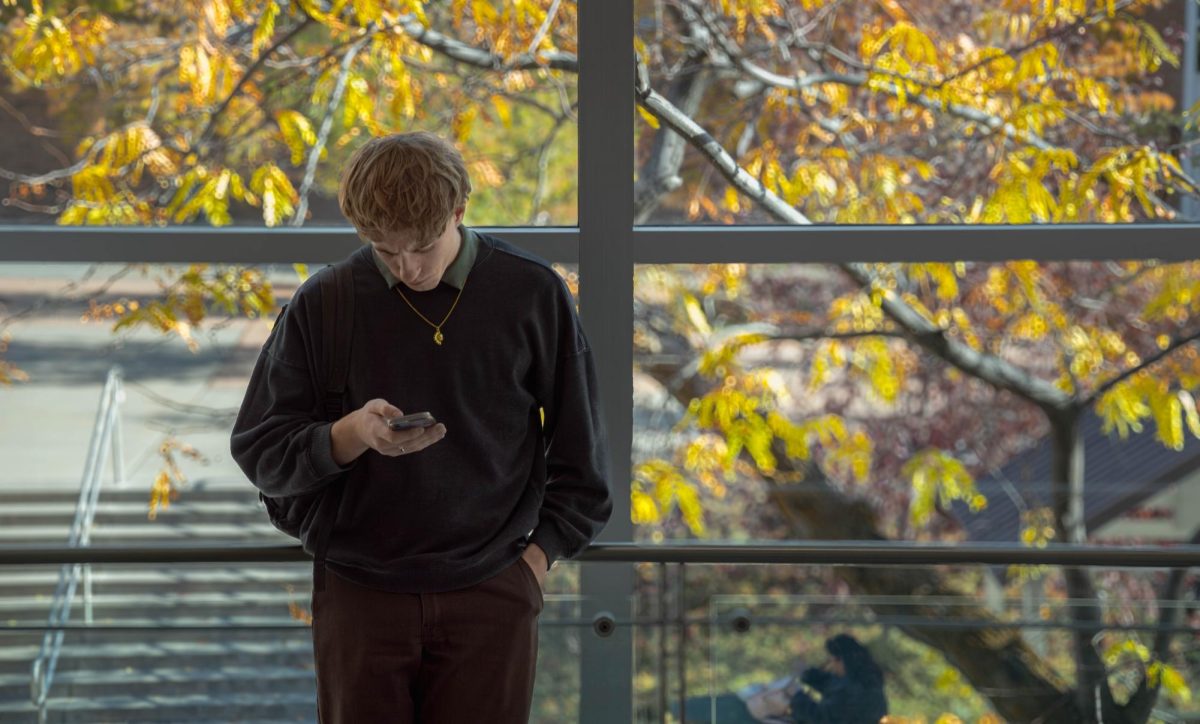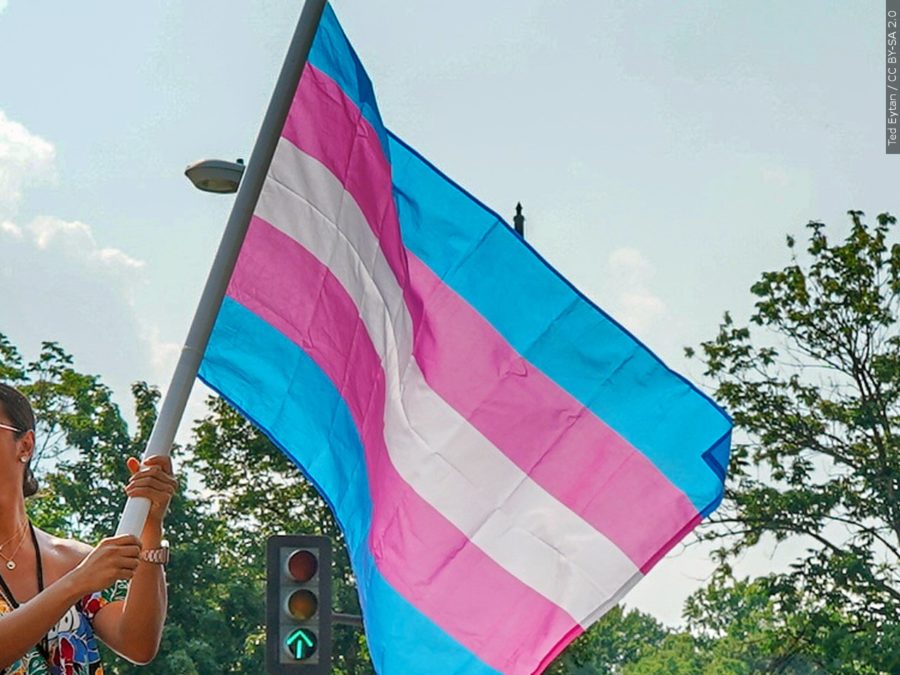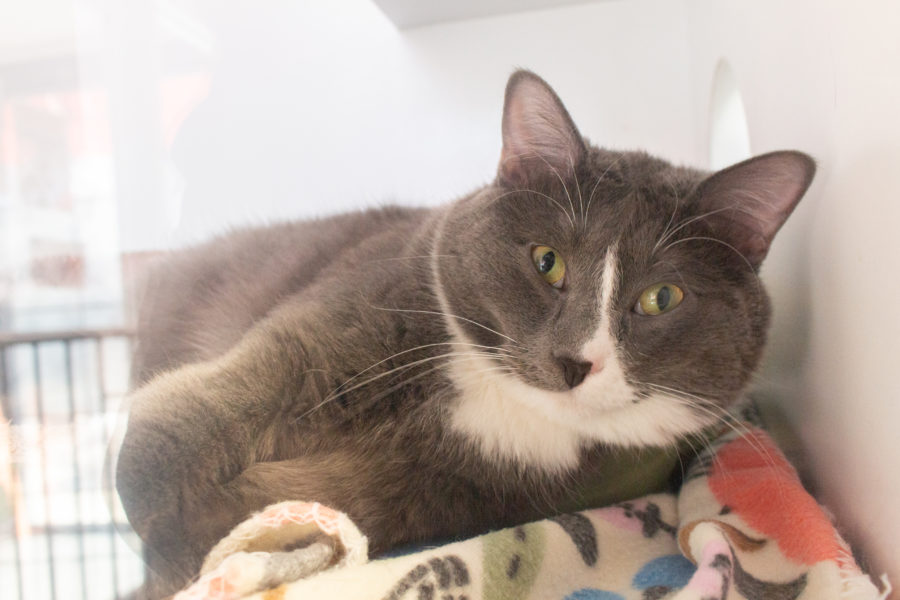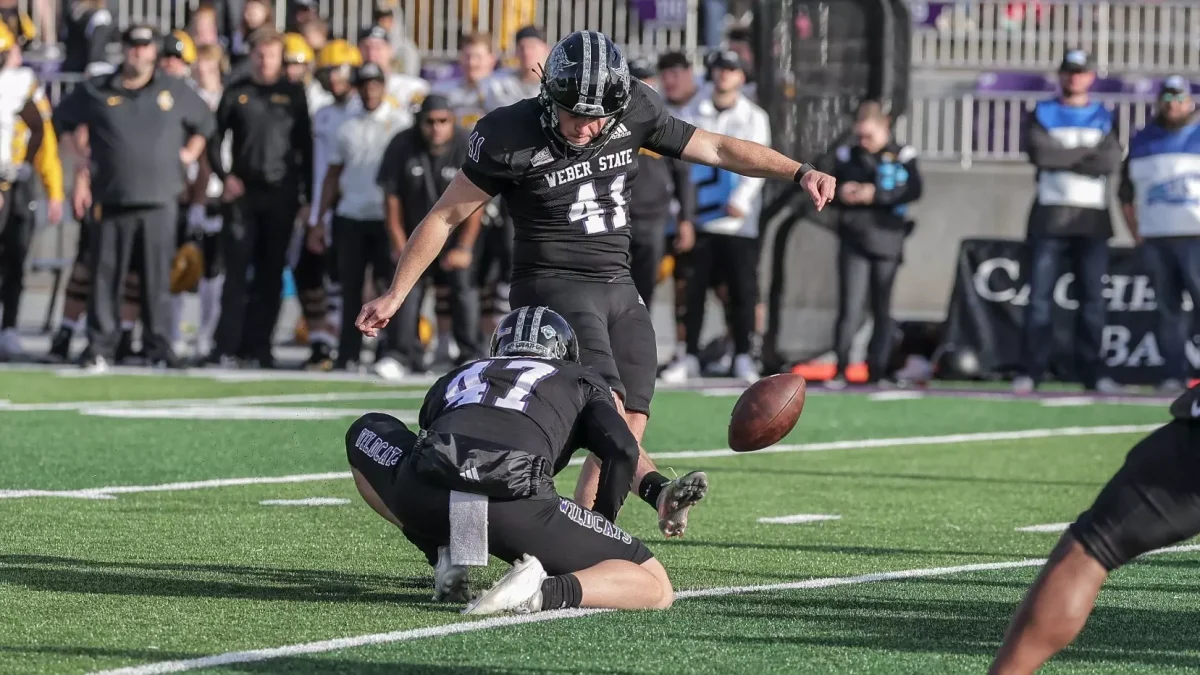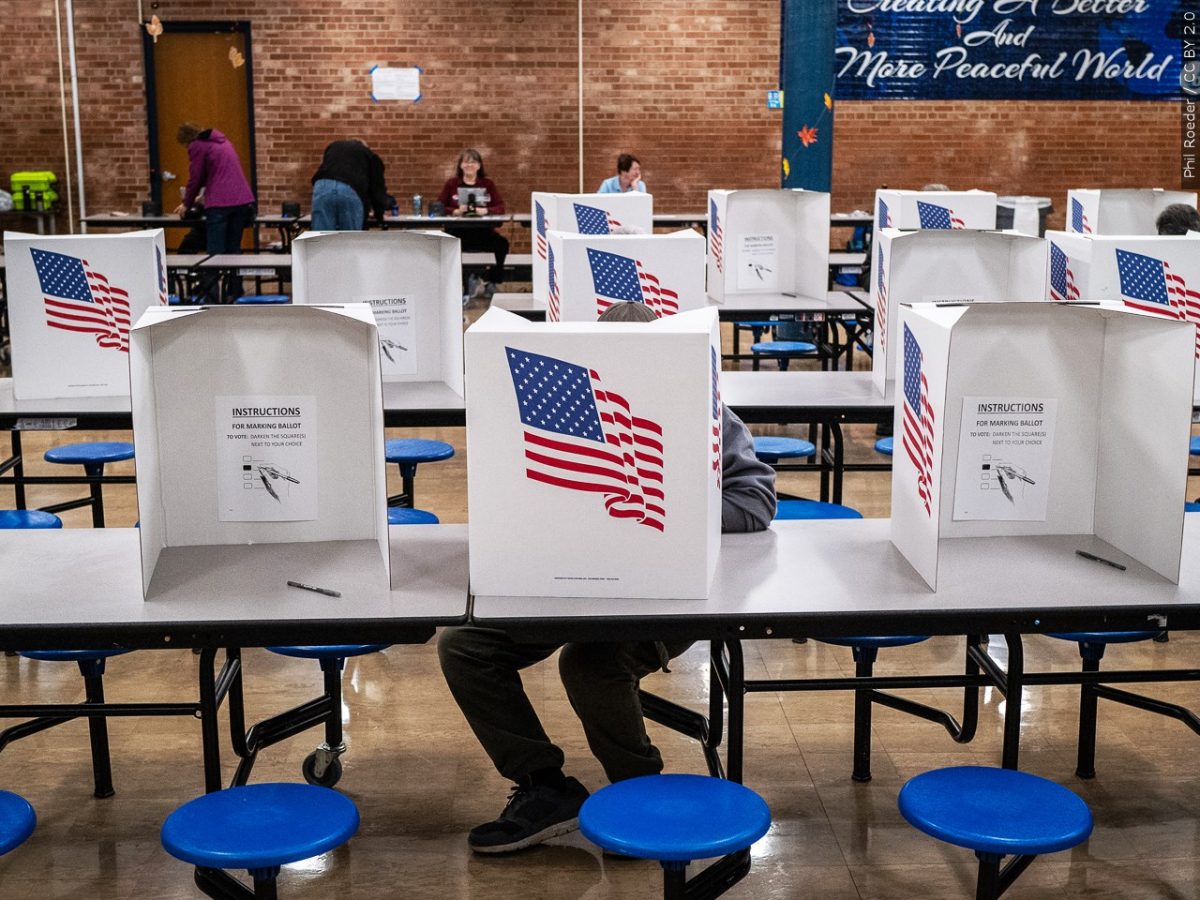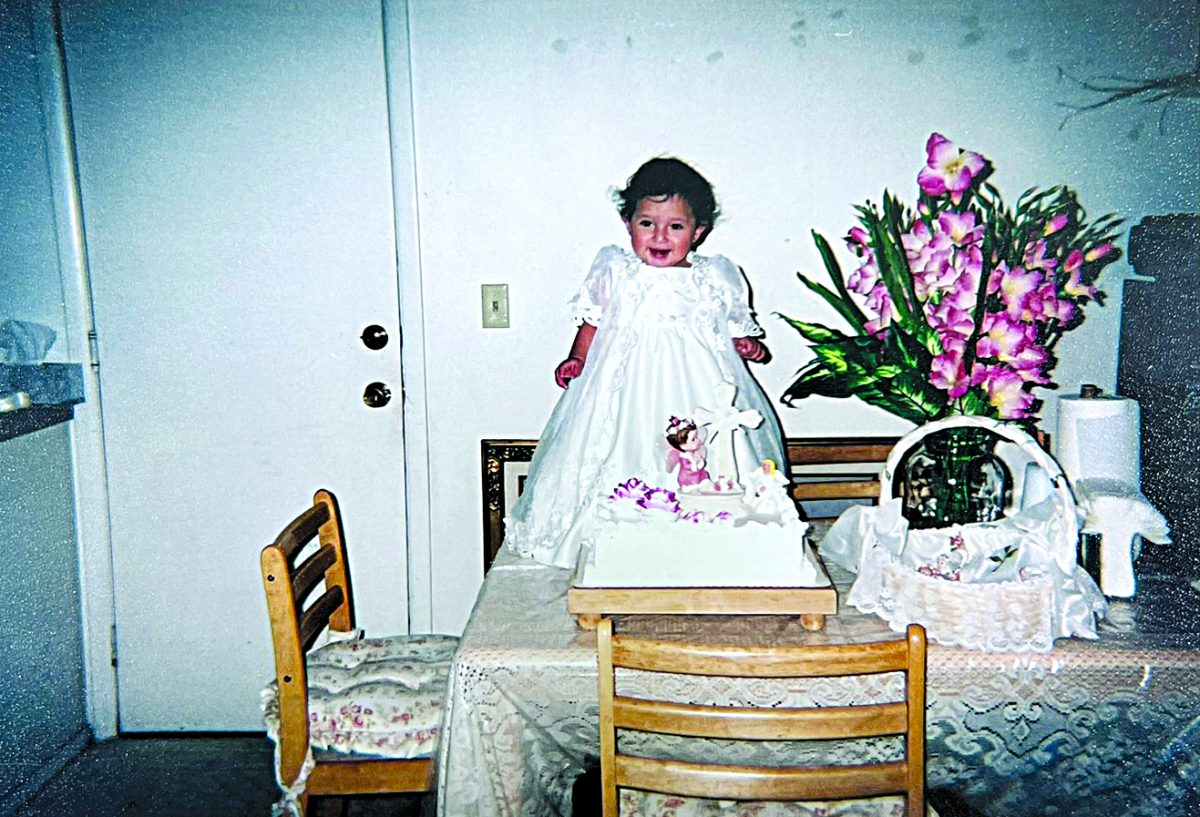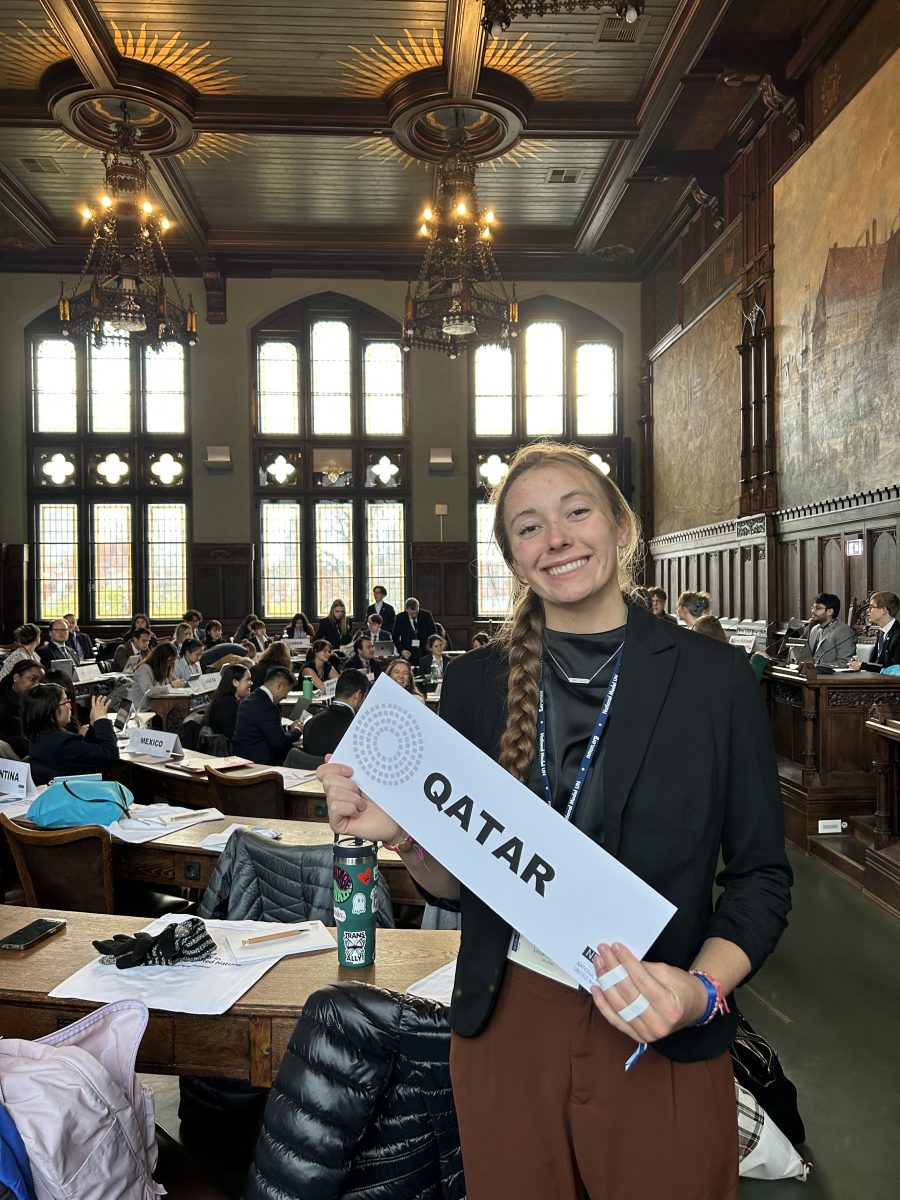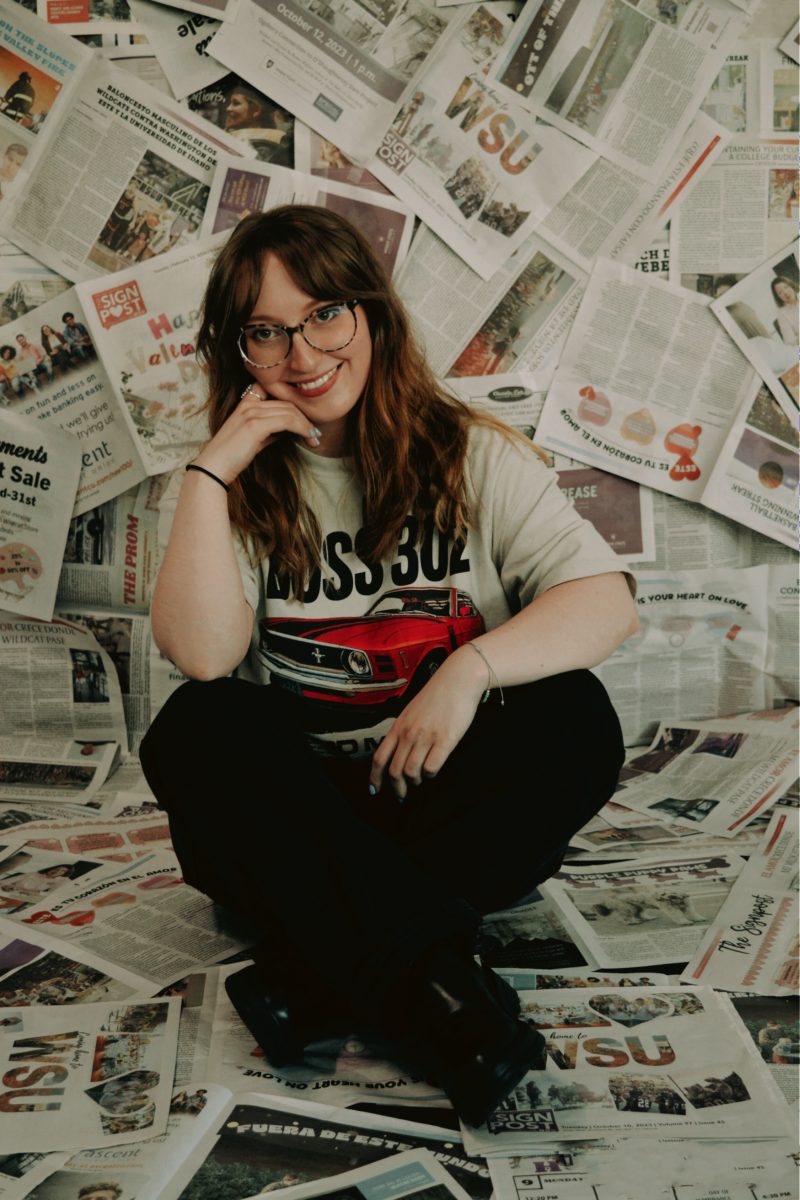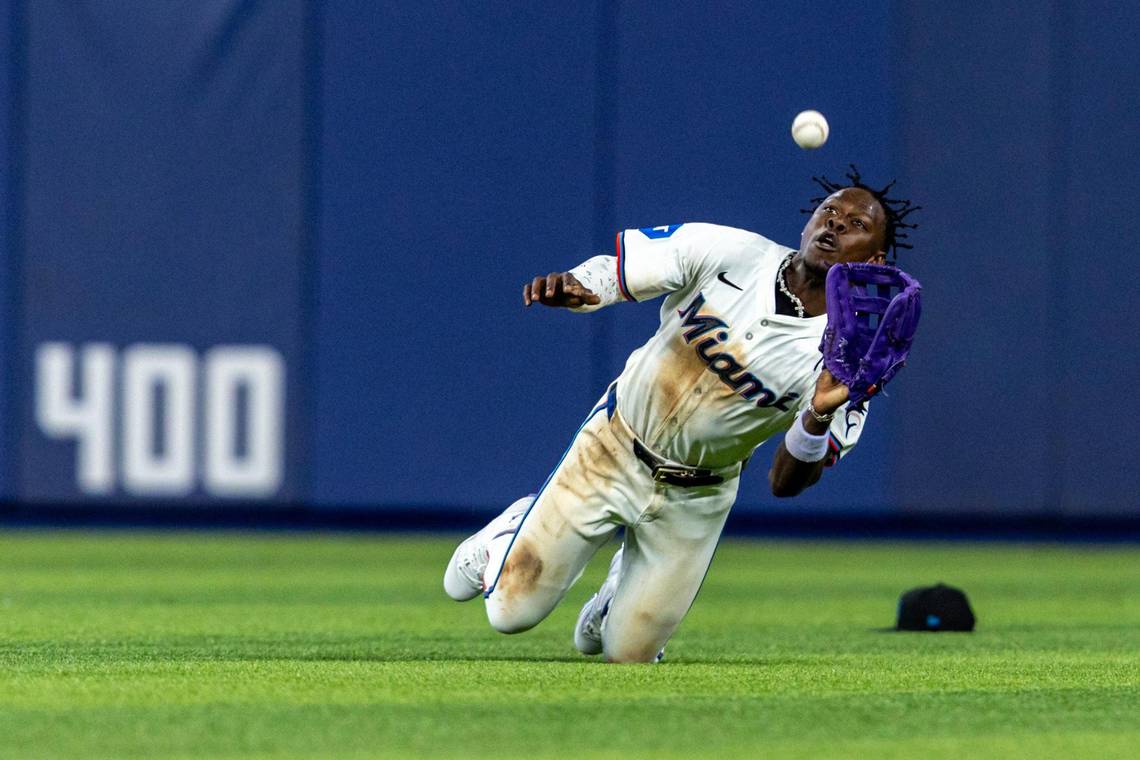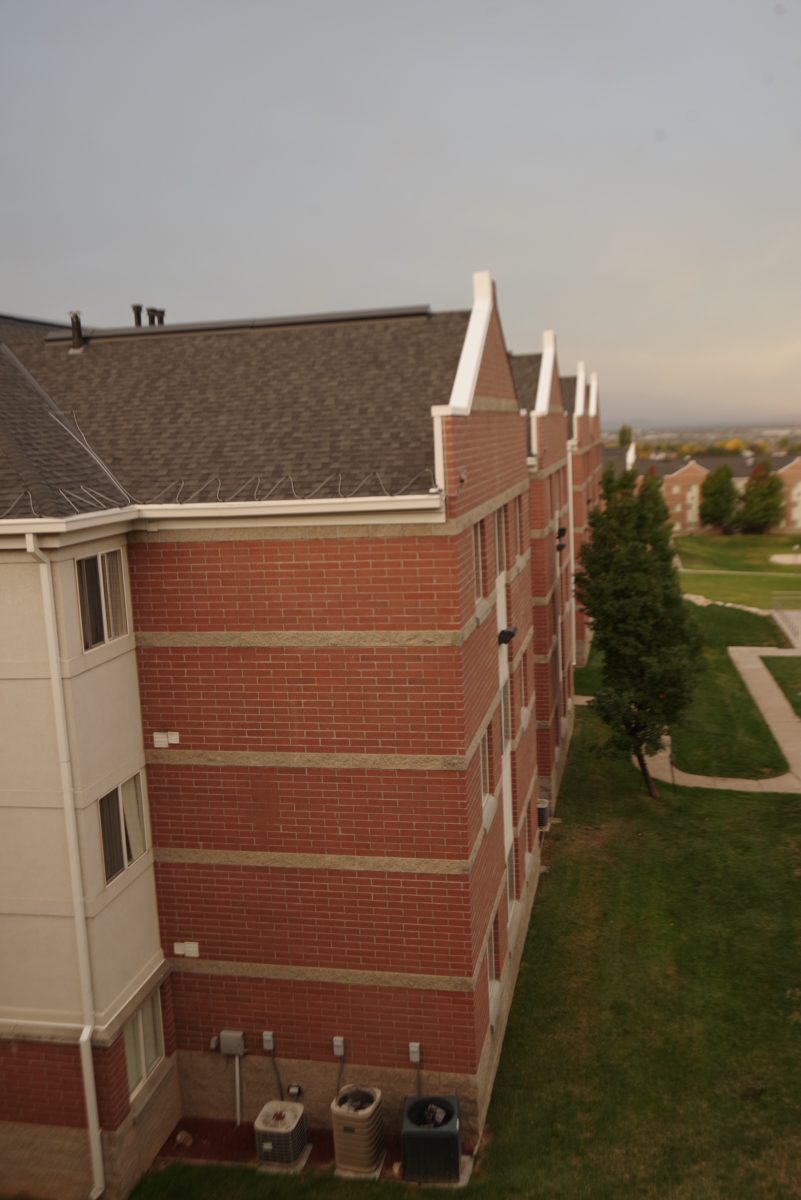
There’s an art to crafting a fine cup of coffee. Just the right kinds of beans have to be selected and imported from all parts of the globe, places like Ethiopia, Guatemala, Sumatra — and the signature flavors of each are clearly recognizable to a connoisseur’s palette.
The green coffee beans are then shipped all over the world to roasters like Café Ibis in Logan and Millcreek Coffee Roasters in Salt Lake, and they’re who ultimately determine the flavor.
Lighter roasts have brighter, more acidic notes, and the bean’s origin is distinct. Medium roasts are more caramelized, releasing more sugars, and the acidity becomes subtler. Darker roasts, like French roast, are characterized by intense, bittersweet notes and their aromaticity.
Typically, a blend of different beans and a medium roast is what makes for a fine espresso. If you’re unfamiliar, drip coffee is to a glass of beer what espresso is to a double bourbon—and for most college students, worshiping at the font of caffeine is how we get through the day, and espresso is the most effective, healthiest way to go about that.
Now, pulling a shot of espresso takes an artist’s touch. After all that goes into the process of cultivating, shipping and roasting the beans, if the shot isn’t pulled correctly, it was all for nothing. It has to be ground, measured, tamped and poured in just the right way, and if it’s infused for too long, tannins become over-extracted, and it turns bitter. If it’s not infused for long enough, it turns bitter.
But if your barista knows what they’re doing, you’ll see them pull a shot that starts out earthy and chocolate-colored, fading into lighter brown and becoming frothier. At the very top, it should finish with a thin, tan-colored layer of dense foam. This is called crema, and it’s important. When the espresso is poured into a latte or just its own demitasse cup, the crema blends with the espresso, and there you finally have it: a velvety, rich, intense coffee experience that’s just about as good as sex.

Now I’m going to let you in on a little secret. There are two main locations on campus to get coffee. Near the southern entrance to the Shepherd Union, there’s a place called the Atrium. They serve Jamba Juice on the left and Starbucks on the right.
If the fact that they’re partnered with Starbucks isn’t enough to repel you, then you should know that they use a super-automatic espresso machine — which, despite the impressive name, cranks out oily, bitter swill. Don’t buy it.
But in the Kimball Art Building, on the main floor, there’s a spot named Art Elements. You can find it by following the intoxicating scent of real espresso. The folks who work there are actual baristas, who hand-craft the drinks from artisan-roasted Café Ibis coffee. And that’s what makes all the difference, the skill and finesse of the person making the drink.
And it’s not just their expertise that sets them apart. The staff at Art Elements is extraordinarily pleasant and knowledgeable. I visited them fairly recently in serious need of a boost after one of the semester’s more taxing weeks, and Tyson Pendleton, one of their remarkably talented baristas, suggested that I try an “undertow.” I worked as a barista for two years, and I’d never heard of it. But I was feeling adventurous.
He floated a shot over cream flavored with hazelnut and vanilla and told me to drink it — immediately. I shouldn’t have to explain that a shot of espresso comes out at about 190 degrees, so shooting it like tequila obviously made me nervous.
But he told me to trust him, so I did. See, when you shoot it, the two liquids rapidly blend together and cool, so what I momentarily thought was going to sear my tongue like an ahi tuna steak actually turned out to be a borderline religious coffee experience that brought me back to life within seconds.
Earning your degree is exhausting, and there will inevitably be days when you’ll be burned out before noon. But just inside the Kimball Art Building, in the corner of the room, there are modern-day apothecaries, brewing revitalizing elixirs. So pay them a visit. And if you’re feeling brave, ask Tyson to make you an undertow.
Cole Eckhardt is the Chief Copy Editor at The Signpost and also worked as a barista in local Ogden coffee shops for two years.



